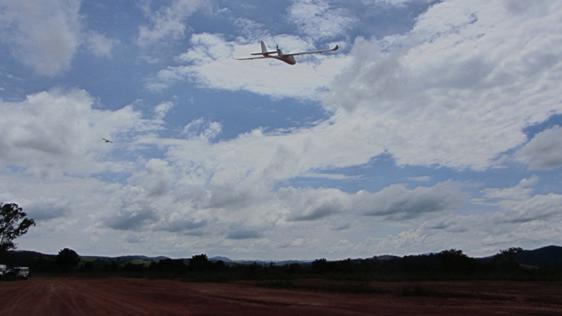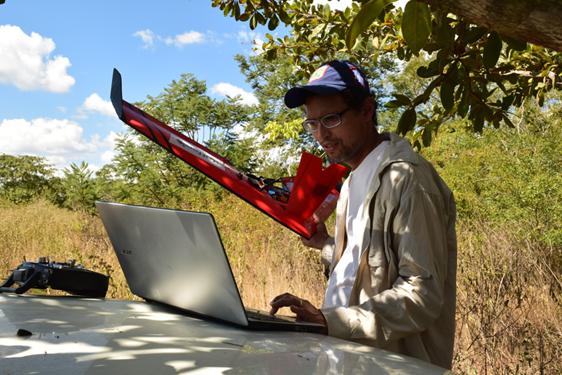Elildo Alves Ribeiro de Carvalho Júnior
The project will assess the feasibility of using low-cost Unmanned Aircraft System to survey wildlife and support monitoring and enforcement in a Brazilian National Park.

FPV Raptor in the air. Atibaia, March 2016.
Monitoring is essential to effective wildlife conservation. However, it is costly and difficult to implement by the typically understaffed and underfunded protected areas and management agencies from most developing countries. The situation complicates even more when these areas are large and remote, which is the case for many Brazilian protected areas. A promising solution to get around this is the use of Unmanned Aircraft Systems (UAS). These tools are being increasingly adopted for a series of purposes, such as mapping land use, monitoring protected areas, supporting enforcement, and conducting surveys of the distribution and/or abundance of wildlife.

This project will assess the feasibility of using an Unmanned Aircraft System (UAS) to:
(1) support the monitoring and enforcement of protected areas in Brazil
(2) survey wildlife populations in the savannas and swamplands of the Brazilian Cerrado. To do this we will implement a pilot project at Grande Sertão Veredas National Park (GSVNP), the largest (235.000 ha) National Park in the Cerrado biome of central Brazil.
UAS units will be built by equipping low-cost model aircrafts with an autopilot system and video and still-photography cameras (following the general guidelines of www.conservationdrones.org). After assembling and testing the units near the CENAP headquarters, we will conduct a series of aerial missions in the Park. To evaluate UAS efficiency as a monitoring tool, we will fly missions along the Park boundaries to detect evidence of deforestation, poaching and illegal grazing. After each mission, the coordinates of detected threats will be delivered to the Park managers. To evaluate UAS as a platform for aerial wildlife survey, we will conduct transect missions at different zones of the Park to survey medium to large wildlife, including tapir, white-lipped and collared peccary, marsh deer, pampas deer, brocket deer, capybara and rhea. Analysis of data from wildlife surveys will be conducted in the CENAP headquarters. Choice of analytical method will depend on data structure, but will possibly include occupancy modeling, double counting techniques and species distribution modeling.